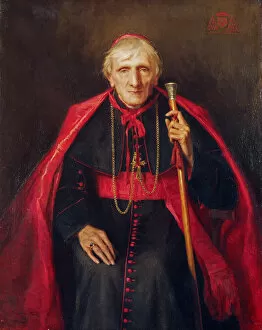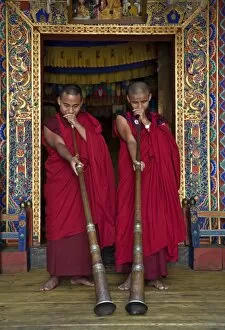Red Robes Collection
"Red Robes: A Tapestry of Tradition and Reverence" In the world of art, they have long been a symbol of power, spirituality, and prestige
All Professionally Made to Order for Quick Shipping
"Red Robes: A Tapestry of Tradition and Reverence" In the world of art, they have long been a symbol of power, spirituality, and prestige. From the regal portraits of Cardinal Newman to the captivating depiction of George John, 2nd Earl Spencer, these vibrant garments have captured the imagination for centuries. One cannot help but be drawn into the allure of these crimson vestments as they grace canvases with their rich hues. Whether it is Cardinal Newman's portrait in oil on canvas or John Henry Newman's introspective gaze frozen in time, these red robes command attention and demand respect. But it is not just within Western culture that we find this fascination with red robes. In Bando Kamezo's portrayal as Yokawa Kakuhan from Sembonzakura, published in 1856, we see how even in Japanese theater traditions, these robes hold an undeniable allure. Traveling further eastward brings us to Trashi Yangtze and Trashigang - two places where red-robed monks find solace amidst ancient fortresses and monasteries. The Buddhist influence is palpable as monks blow long horns called dung-chen at Wangdue Phodrang Dzong temple while surrounded by breathtaking landscapes. Yet our exploration does not end there; we delve into legal realms where even courts are adorned with echoes of scarlet elegance. Title pages depicting the Court of Cassation reveal Mr. Loew and Mr. Chambareaud donning their own versions of red attire - a reminder that authority extends beyond spiritual domains. Finally, we encounter Armand Gaston Maximilien de Rohan Bishop of Strasbourg whose portrait radiates both wisdom and piety through his resplendent robe. And let us not forget Virgin Mary herself depicted serenely holding her child amidst a garden scene - her flowing crimson garment symbolizing devotion and motherly love. In every brushstroke, every fold of fabric, these red robes tell a story.













